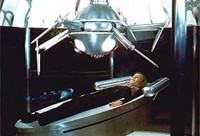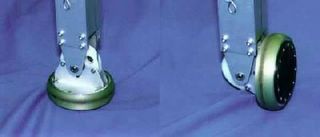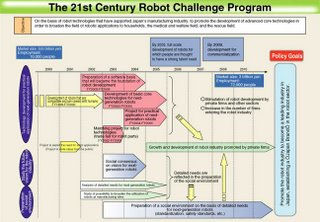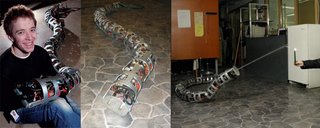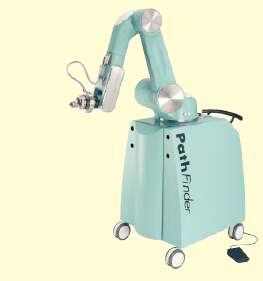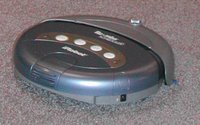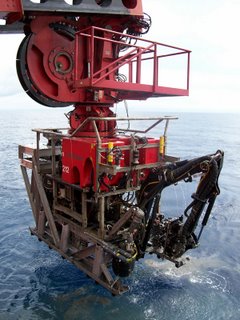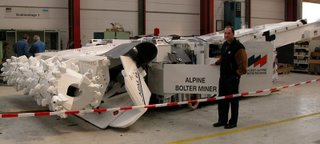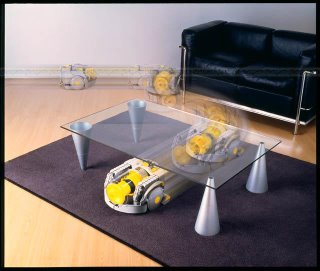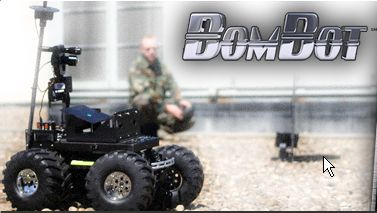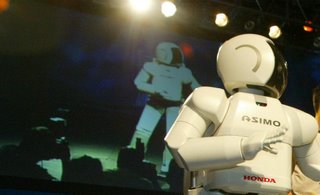Hoboken Robot Garage Update
Hoboken city officials are taking Robotics Parking, Inc to court to force them to allow control over the Garden Street robot garage. Officials claim that Robotics Parking found a way to change the passcodes to the garage remotely. Robotics was ousted as operator of the machine a few days ago.
Hundreds of cars are trapped inside the muli-story robot garage and no amount of coaxing will make it set them free. ("Say the magic word.")
From one angry customer:
"Today is my day off and I was supposed to go surfing at Sandy Hook," said Bruce Lamonte, 45, who was dressed in shorts and flip flops while waiting to hear about his car yesterday afternoon. "I'm hoping that my car will come out soon so I can salvage part of the day, either that or clean the house." (I wonder if he uses a robot vacuum cleaner.)
By Friday evening they were able to retrieve some of the cars by manually entering passcodes. The robot is still crippled though becasue they do not have an operating manual and Robotics will not help. Says Dennis Clarke, general manager of Robotics, "If you own the copyright, you have a right to use it. They are not entitled to our source codes. This is very critical proprietary information covered under contract law and intellectual properties."
Dennis Clarke denies that they tampered with the garage but says, "I prayed on the beach this morning and (the codes) all changed."
NJ.com's Printer-Friendly Page
NewJersey Journal









